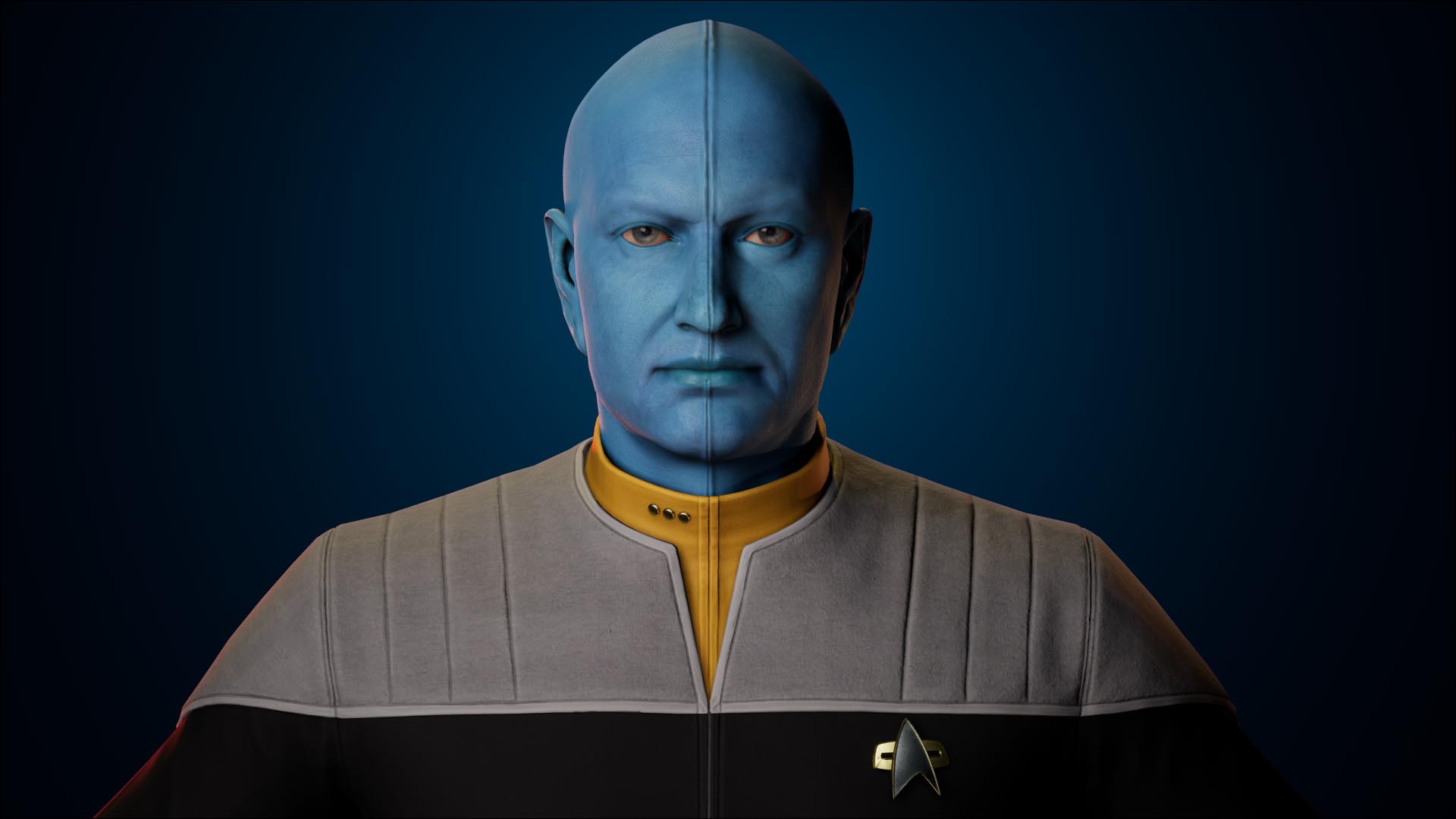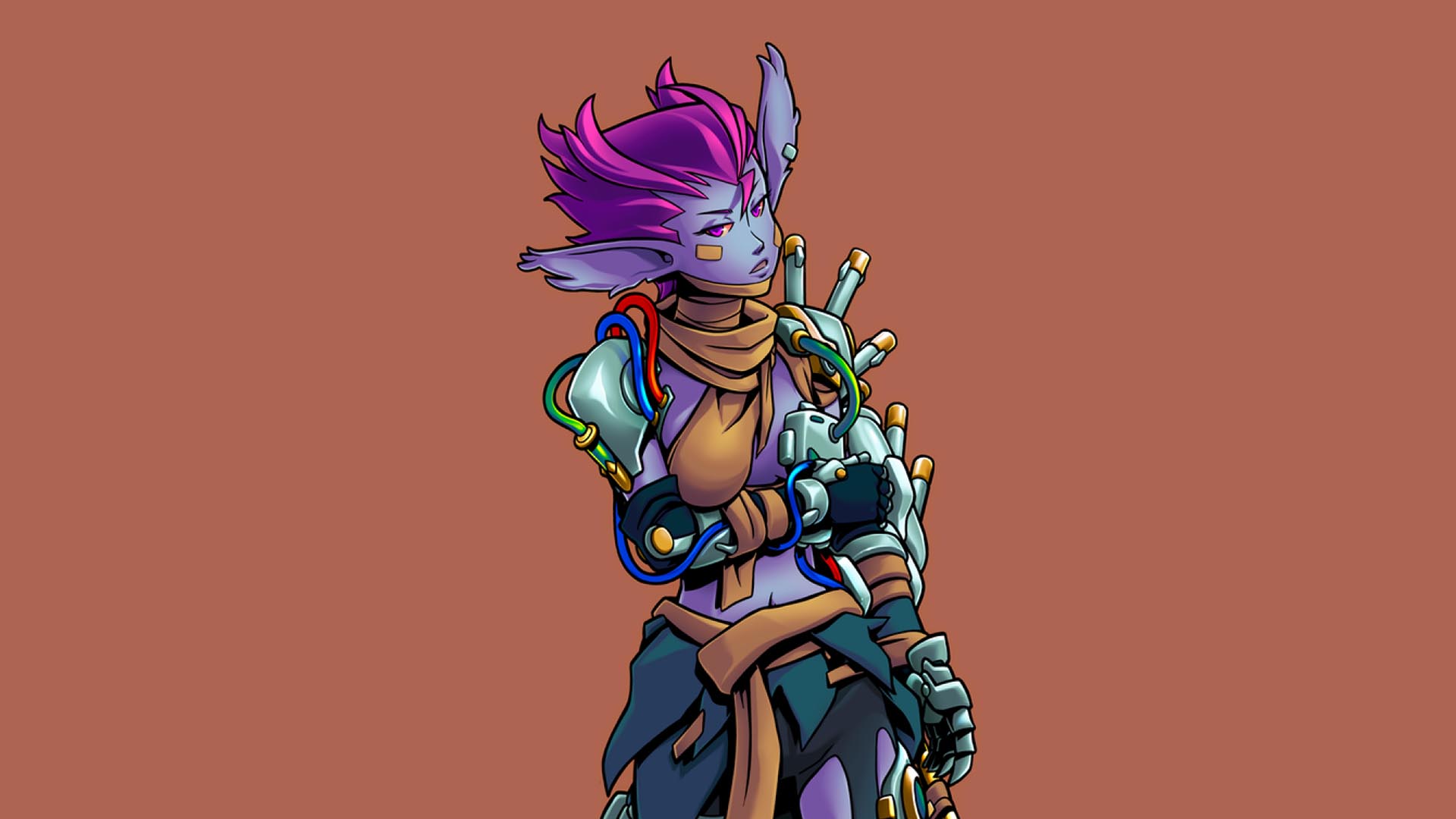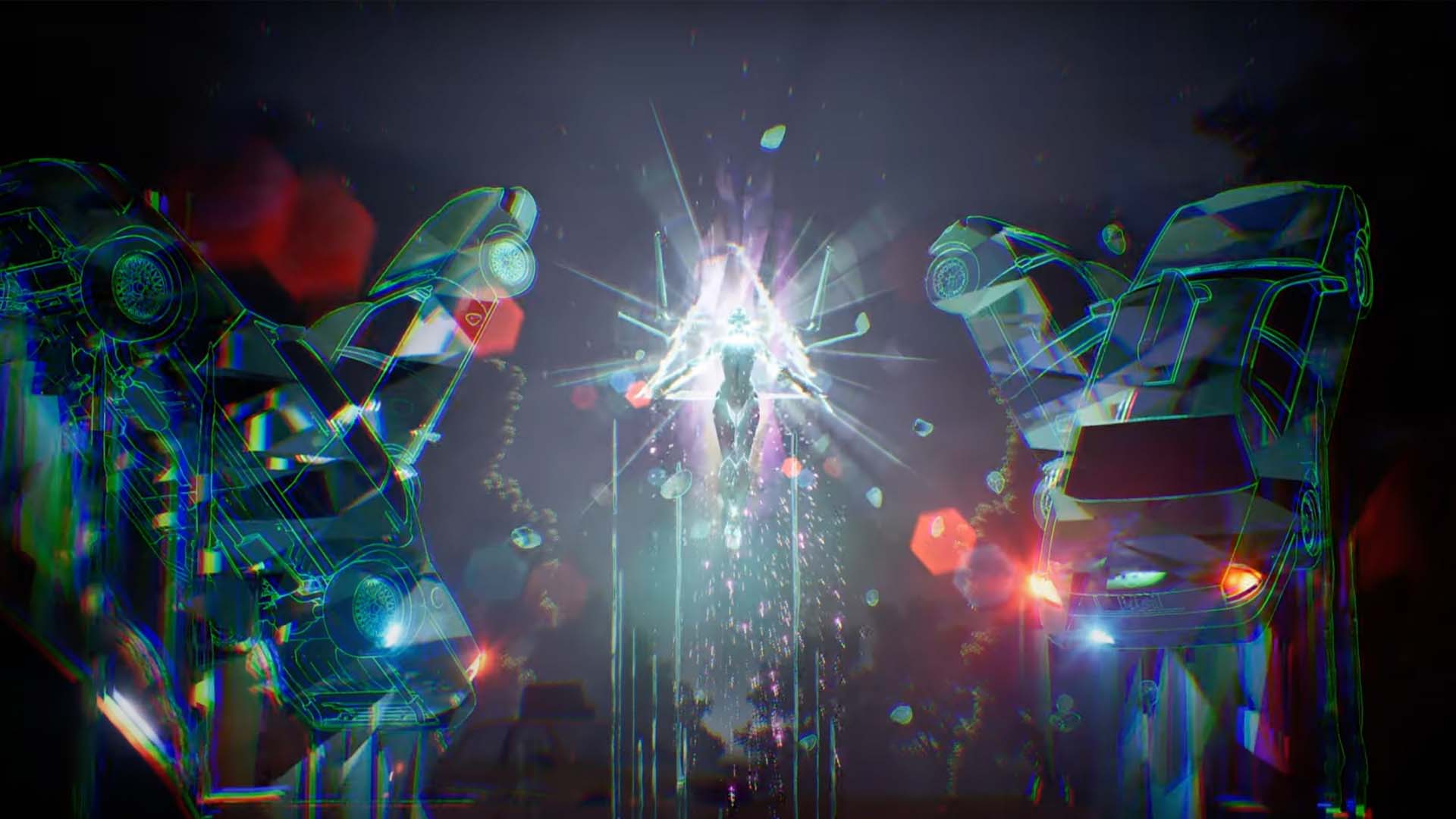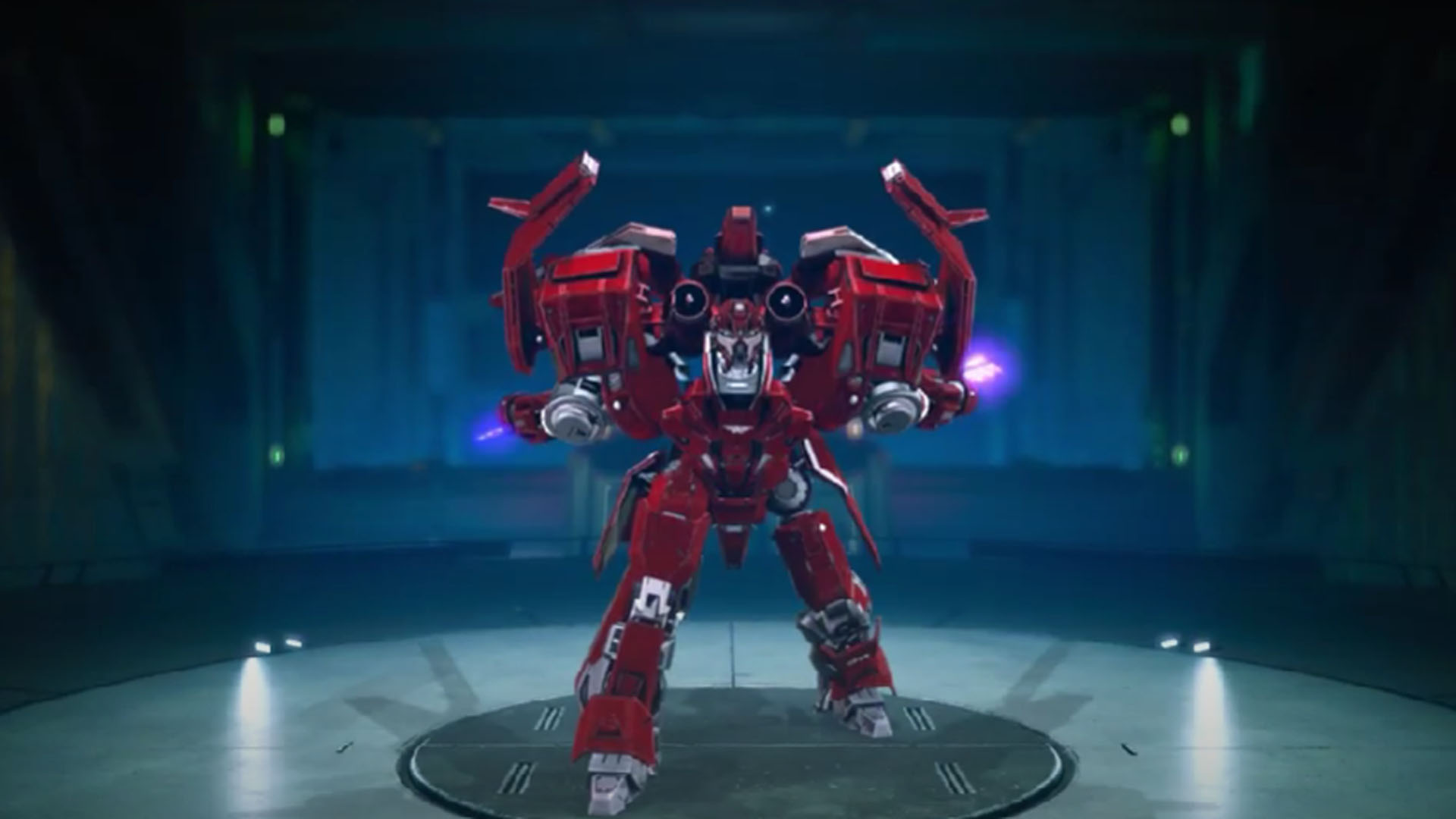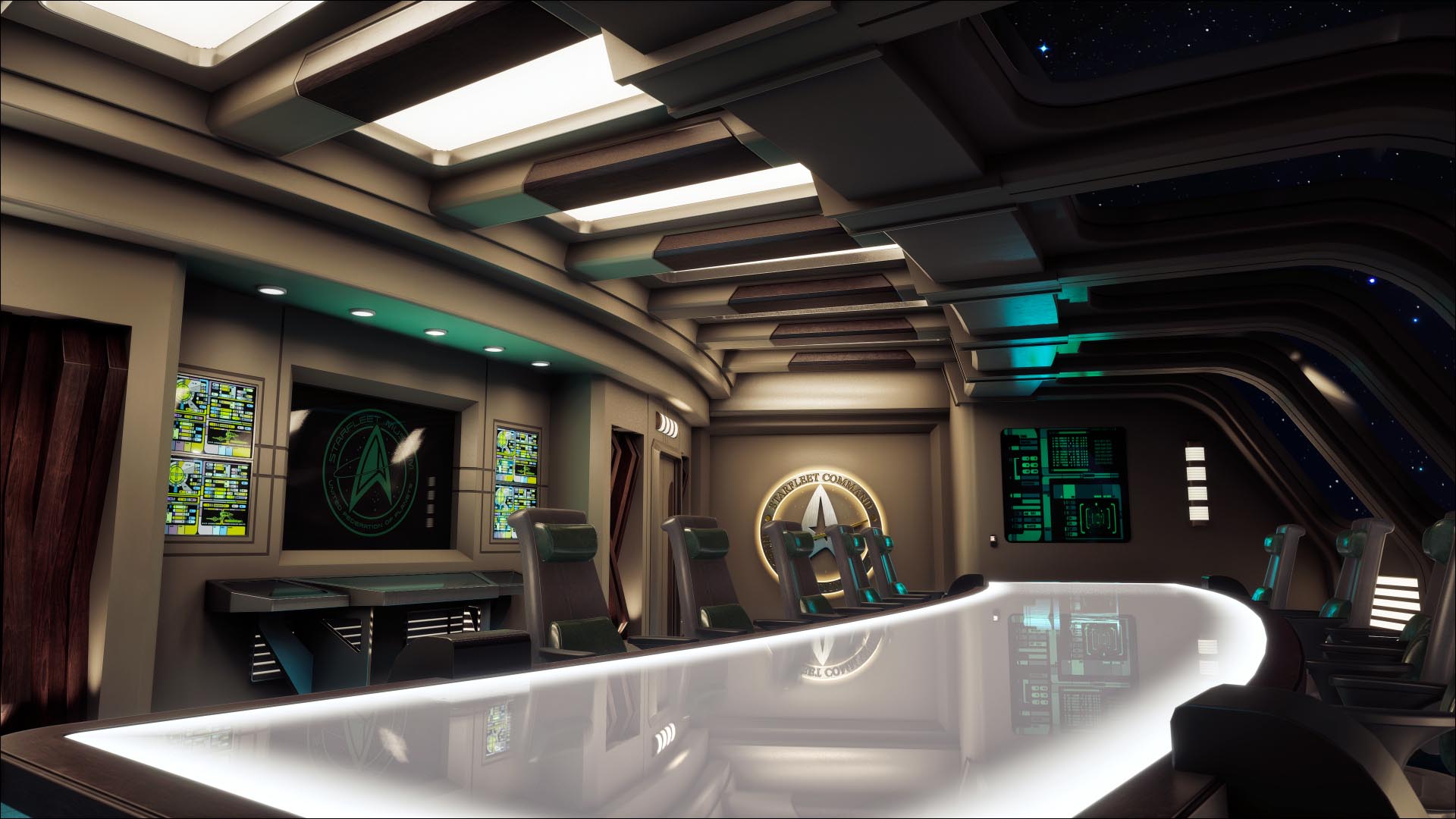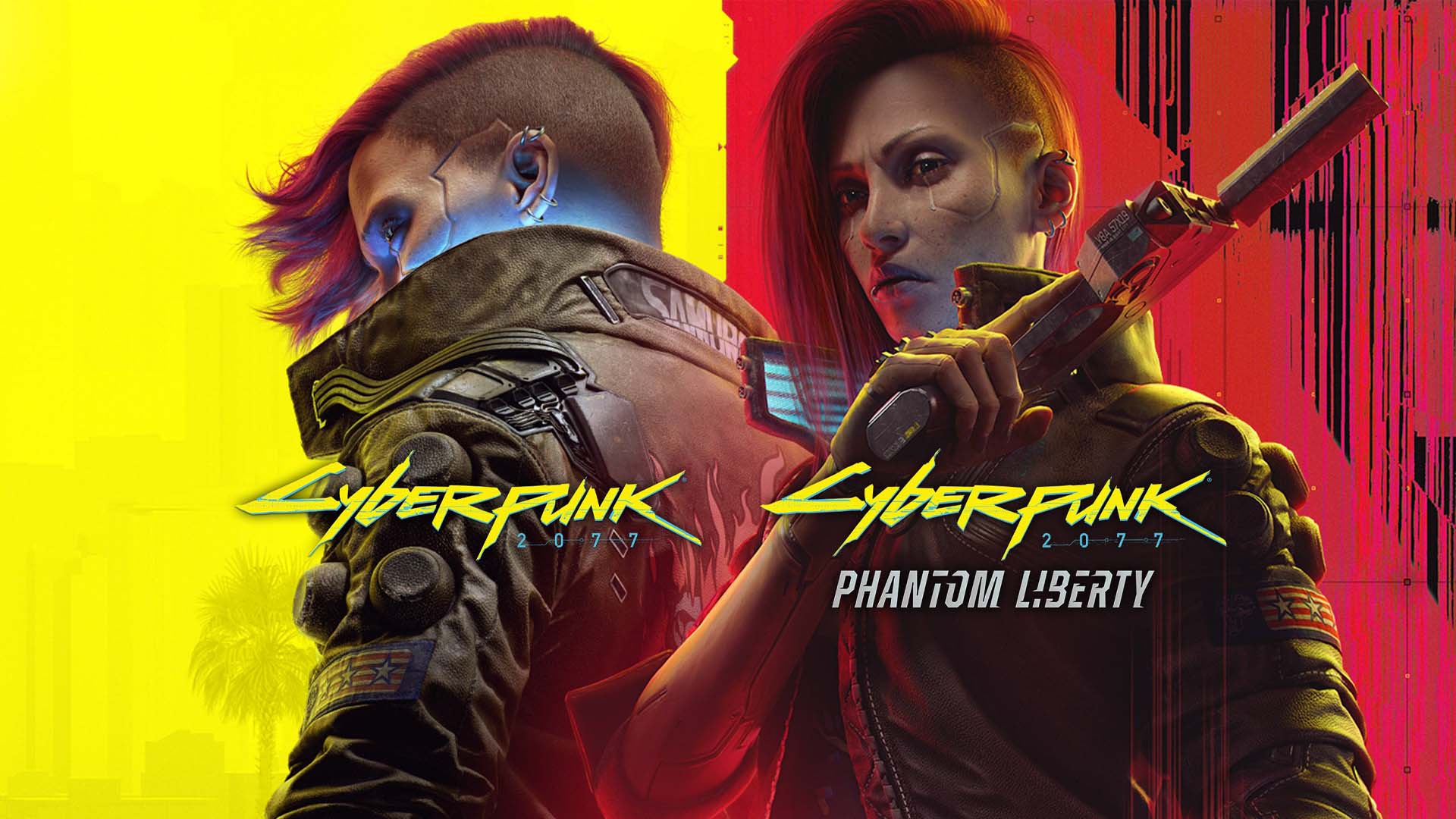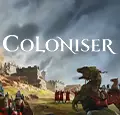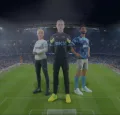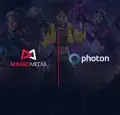It has a few different names, real-time VFX, real time VFX, and even game VFX but they’re all the same thing. Real-time VFX are the effects we see in a video game. From mist, rain, sand, and ash to confetti, fireworks, explosions, and world-ending detonations, real-time VFX is the term that covers them all.
Real-time VFX has come a long way from its origins. Originally, pre-rendered cutscenes were the solution to high-quality video game graphics but those days are long gone as we’ve entered the world of stunning real-time VFX.
What is VFX in Games?
Realtime VFX, real-time VFX, and game VFX are all variations of the same service. Not to be mistaken for TV or movie FX, nor for the pre-rendered VFX you might find in gaming or other forms of entertainment.
It’s important to understand the complexity and skill that goes into creating and delivering real-time VFX as they are, precisely that, real time. These pieces of entertainment need to be created so that they can be viewed from any angle a player might be able to see them. A beautiful explosion for cinema can be crafted a bit easier because it’s going to be seen from the same angle by every viewer. However, a game VFX explosion will be viewed from a hundred angles and elevations.
Not only that but as they are processed and run as real time VFX, which means they need to be created optimally. Efficiency to ensure they aren’t too taxing on a system is an extra layer of complexity that our stellar real time VFX artists must consider.
Technologies of Real-time VFX
There are two main engines that will likely be used or referenced by all major game VFX artists and managers. These being Unreal Engine, its latest version of Unreal Engine 5. And Unity, which has Unity 6 launching soon! Both of these engines offer VFX elements such as Shuriken for particle systems or the new Niagara VFX system.
For 3D elements, which includes everything from particles and simulations to characters and environments, you’ll find Maya, 3ds Max, Houdini, Blender, and ZBrush. These each serve their own purposes, such as ZBrush for modeling and sculpting 3D characters or Houdini which has a good reputation for simulations.
After Effects and Photoshop are always going to be included in anything artist related. They are mainstays of the art world, with AE being a magnificent program covering all of your animation and motion graphics needs. Photoshop is, of course, the graphics and photo editor known and used by all.
Why do we need Game VFX?
The visual spectrum, from the models of our characters and the environments they trek through, is absolutely integral to player immersion and the playing experience.
If you consider all that is encompassed by the term “real time VFX”, it’s easy to understand why we need it! From gunshots and magic spells to whisps of dust and clouds of smoke, the big and the small visual effects that occupy our screens help sell the immersion and place players into the experience. Not only does it have an impact on the visual storytelling and the game immersion, it’s also integral to the gameplay as well. Game VFX helps to inform players of the nature of certain elements. Bubbling green liquid that hisses and spits sounds like harmful poison or acid, but a warm, calm blue pool might refresh our hero and refill some of their health or stamina. These things are incomplete without real-time VFX!
Get in touch with Magic Media today and leverage our incredible visual storytelling through stunning game VFX. Our services are comprehensive including real-time VFX, art production, concept art, animation, and much more. No matter what you need, speak to us and let’s create magic!

